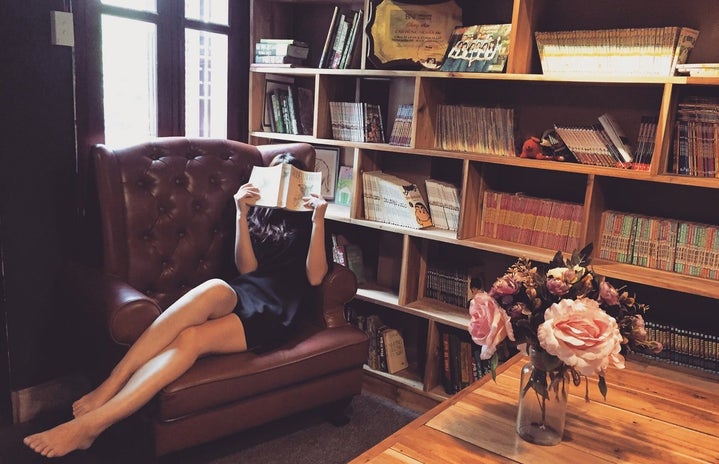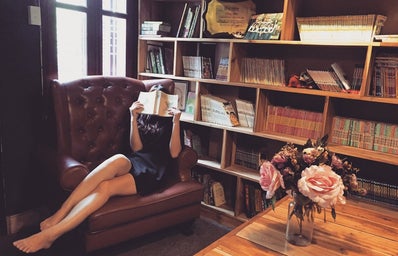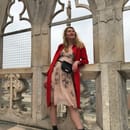For many of us, our first introductions to the world of high fashion were through the screen. Fashion films have allowed viewers a glimpse into worlds one can only dream of, with some of the industry’s best stories originating as written works. Fashion expert or not, don’t let the fact that you’ve already seen the adaptations get in the way of immersing yourself in the stories that inspired them.
- The Devil Wears Prada (2006)
-
What is perhaps the fashion movie of the century, having influenced the publishing careers of many and quoted in nearly every college fashion class, would not exist if one Lauren Weisberger had not chronicled her daily trials and tribulations on the job as Anna Wintour’s personal assistant. After about a year of frantically phoning designers and fetching Starbucks, Weisberger decided writing a best selling novel would better suit her than any job “a million girls would die for” and published The Devil Wears Prada in 2003.
- Sex And The City (2008)
-
It’s true, Sex and the City is not just the name of Carrie’s colum in The New York Star, its the title of a collection of essays by real-life Carrie Bradshaw, Candace Bushnell written for The New York Observer. Based on the lifestyles of her and her friends, the book was first published in 1997, five years before Carrie’s own book party in the hit HBO series. The show’s immediate success led to the 2008 film and 2010 sequel, all of the same name and styled by the legendary costume designer, Patricia Field.
- Breakfast at Tiffany’s (1961)
-
The elegance and charm Audrey Hepburn brought to the role of Holly Golightly turned the character into a timeless style icon, but the original party girl of the Upper East Side comes from the pages of a novella by Truman Capote published in 1958. It tells the story of how a struggling writer came to make the acquaintance of his remarkable neighbor in his early days in New York City. Between Holly’s extravagance and Hepburn’s Academy Award nominated performance, the leading lady of Breakfast at Tiffany’s is one of the author’s best-known creations.
The longstanding success of these films and their cultural, historical, and aesthetic significance prove that fashion not only informs the present, but speaks for the now.



